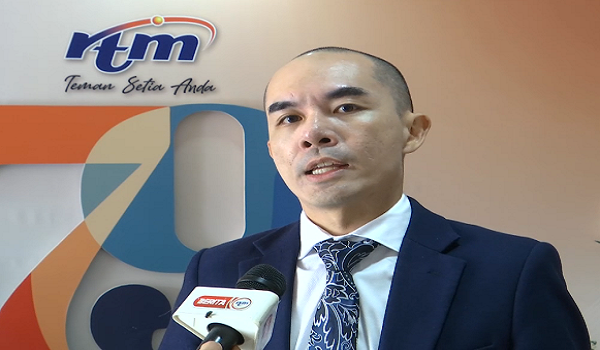On December 2nd, the XRP Ledger implemented a significant reduction in its base reserve requirements, lowering the threshold from 10 XRP ($25.60 at current prices) to just 1 XRP ($2.56). This change, as recorded in blockchain data, marks a pivotal adjustment aimed at lowering the entry barrier for new users and enhancing liquidity for existing users by freeing up funds previously locked as reserve.
This reduction allows new network participants to activate and fund their wallets with significantly less cryptocurrency, potentially boosting adoption rates. Concurrently, it permits current users to utilize XRP that was otherwise immobilized in reserve, thereby increasing their spending capacity within the network.
The adjustment was executed at 10:45 pm UTC and was first announced on the social media platform X by a pseudonymous XRP validator operator identified as V. Alongside the base reserve, the owner reserve requirement was also decreased from 2 XRP ($5.12) to 0.2 XRP ($0.51). This reduction means users now only need to maintain 0.2 XRP for each object held in their accounts, which may include non-fungible tokens (NFTs), trust lines, signer lists, or owner directories.
Rationale Behind Reserve Requirements
Originally, the reserve requirements were set to prevent the ledger’s size from expanding beyond the storage capabilities of nodes, aiming to curb the proliferation of spam accounts with minimal or no XRP. While this high reserve threshold was initially successful in maintaining ledger manageability, it has also faced criticism for potentially slowing network adoption. By lowering these requirements, the XRP Ledger is expected to become more accessible, encouraging wider participation.
On October 16, prior to the official change, XRP Ledger developer WietseWind revealed that nodes operated by XRPL Labs were configured to support a lower reserve, allowing them to vote for the amendment. WietseWind acknowledged the potential for increased activity that could challenge infrastructure, yet described such challenges as beneficial problems that arise from heightened user engagement and network activity. This suggests a readiness within the developer community to manage increased load, viewing it as an indicator of growth and engagement.
Contextual Boosts from Political and Regulatory Developments
The adjustment in reserve requirements coincides with a period of significant enthusiasm within the XRP community, spurred by favorable political shifts and ongoing legal battles. Following the election of Donald Trump, who is perceived as pro-crypto, the value of XRP surged to $2.65—the highest since February 2018. Meanwhile, Ripple Labs continues to navigate its prolonged legal dispute with the SEC, which has major implications for XRP’s classification and regulatory treatment.
| Description | Old Requirement | New Requirement | Change Impact |
|---|---|---|---|
| Base Reserve | 10 XRP | 1 XRP | Lower entry barrier for new users |
| Owner Reserve | 2 XRP | 0.2 XRP | Increased liquidity for existing users |
The XRP Ledger’s decision to drastically reduce its reserve requirements represents a forward-thinking approach to cryptocurrency accessibility. This move not only democratizes financial participation by lowering entry barriers but also aligns with broader trends towards making digital assets more user-friendly and integrated into everyday financial activities. As cryptocurrencies continue to evolve, such adjustments are crucial in ensuring they remain competitive and relevant in a rapidly changing economic landscape. This strategic shift by the XRP Ledger could serve as a model for other cryptocurrencies, emphasizing the importance of adaptability and user-centric policies in the digital age.














